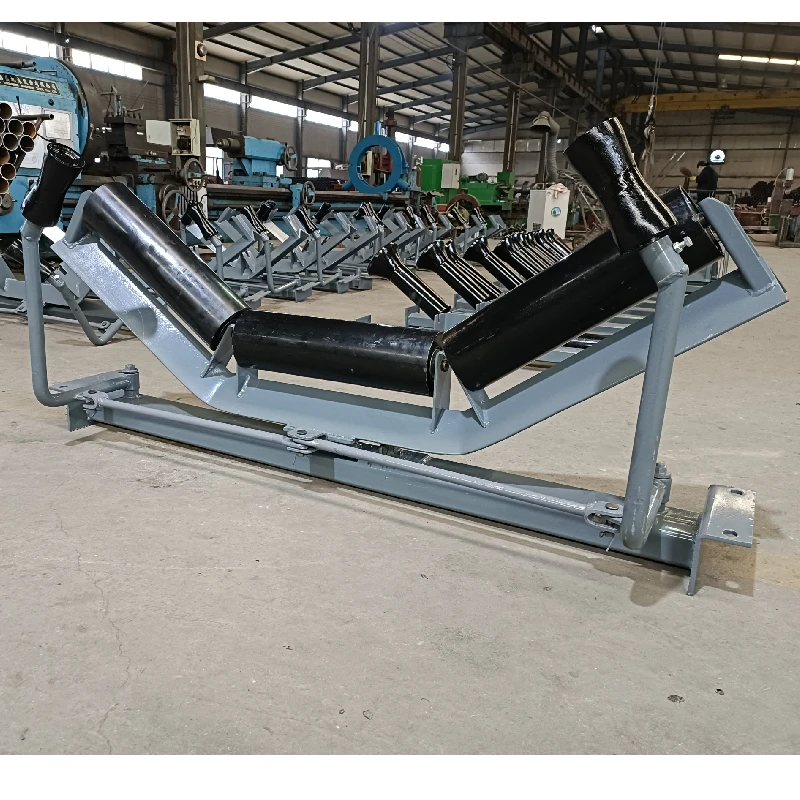 Afrikaans
Afrikaans  Albanian
Albanian  Amharic
Amharic  Arabic
Arabic  Armenian
Armenian  Azerbaijani
Azerbaijani  Basque
Basque  Belarusian
Belarusian  Bengali
Bengali  Bosnian
Bosnian  Bulgarian
Bulgarian  Catalan
Catalan  Cebuano
Cebuano  Corsican
Corsican  Croatian
Croatian  Czech
Czech  Danish
Danish  Dutch
Dutch  English
English  Esperanto
Esperanto  Estonian
Estonian  Finnish
Finnish  French
French  Frisian
Frisian  Galician
Galician  Georgian
Georgian  German
German  Greek
Greek  Gujarati
Gujarati  Haitian Creole
Haitian Creole  hausa
hausa  hawaiian
hawaiian  Hebrew
Hebrew  Hindi
Hindi  Miao
Miao  Hungarian
Hungarian  Icelandic
Icelandic  igbo
igbo  Indonesian
Indonesian  irish
irish  Italian
Italian  Japanese
Japanese  Javanese
Javanese  Kannada
Kannada  kazakh
kazakh  Khmer
Khmer  Rwandese
Rwandese  Korean
Korean  Kurdish
Kurdish  Kyrgyz
Kyrgyz  Lao
Lao  Latin
Latin  Latvian
Latvian  Lithuanian
Lithuanian  Luxembourgish
Luxembourgish  Macedonian
Macedonian  Malgashi
Malgashi  Malay
Malay  Malayalam
Malayalam  Maltese
Maltese  Maori
Maori  Marathi
Marathi  Mongolian
Mongolian  Myanmar
Myanmar  Nepali
Nepali  Norwegian
Norwegian  Norwegian
Norwegian  Occitan
Occitan  Pashto
Pashto  Persian
Persian  Polish
Polish  Portuguese
Portuguese  Punjabi
Punjabi  Romanian
Romanian  Russian
Russian  Samoan
Samoan  Scottish Gaelic
Scottish Gaelic  Serbian
Serbian  Sesotho
Sesotho  Shona
Shona  Sindhi
Sindhi  Sinhala
Sinhala  Slovak
Slovak  Slovenian
Slovenian  Somali
Somali  Spanish
Spanish  Sundanese
Sundanese  Swahili
Swahili  Swedish
Swedish  Tagalog
Tagalog  Tajik
Tajik  Tamil
Tamil  Tatar
Tatar  Telugu
Telugu  Thai
Thai  Turkish
Turkish  Turkmen
Turkmen  Ukrainian
Ukrainian  Urdu
Urdu  Uighur
Uighur  Uzbek
Uzbek  Vietnamese
Vietnamese  Welsh
Welsh  Bantu
Bantu  Yiddish
Yiddish  Yoruba
Yoruba  Zulu
Zulu idlers and rollers
Idlers and Rollers The Mechanics of Motion
In the world of mechanical engineering and design, idlers and rollers play a crucial role in facilitating motion, transport, and efficiency. These components, often overlooked in the grand schemes of machinery, are the unsung heroes that contribute significantly to various applications ranging from conveyor belts to automotive systems. Understanding the functionality and importance of idlers and rollers not only aids in the design and assembly of machines but also enhances productivity in numerous industrial processes.
What are Idlers and Rollers?
Idlers and rollers are mechanical components that assist in the movement of objects, typically in a linear fashion. An idler is usually a non-power-driven component that guides or supports a moving part such as a belt or chain. Rollers, on the other hand, are typically cylindrical components that facilitate movement either by providing a rolling surface or by transmitting power in some cases. Both components help minimize friction, distribute weight, and improve the overall efficiency of a mechanized system.
Applications of Idlers and Rollers
These components find their prevalence in various industries. In the logistics sector, idlers and rollers are foundational in conveyor systems. A conveyor belt outfitted with rollers can transport heavy goods across distances with minimal manual intervention. In manufacturing, idlers guide belts around corners or through complex layouts, ensuring a continuous flow of materials. This automates processes, reduces manpower needs, and enhances safety by decreasing the risk of injury associated with manual handling.
In automotive applications, idlers are crucial in the engine's timing systems. They maintain tension in timing belts, ensuring that the engine operates smoothly and efficiently. Their failure can lead to severe engine damage, underscoring the importance of regular maintenance and inspection.
Benefits of Using Idlers and Rollers
idlers and rollers

The integration of idlers and rollers into mechanical systems offers several advantages. One significant benefit is the reduction of friction. When objects are moved along a surface, they encounter resistance that can impede motion. By incorporating rollers, the contact surface is minimized, leading to reduced wear and tear on both the transported objects and the mechanism itself. This, in turn, extends the lifespan of machinery and decreases the frequency of maintenance required.
Another advantage is load distribution. Idlers and rollers can evenly distribute the weight of the transported items, preventing localized strain that could lead to mechanical failure. This characteristic is particularly critical in heavy-duty applications, where uneven weight distribution could result in structural damage to conveyor systems or other machinery.
Challenges and Considerations
Despite their benefits, idlers and rollers also pose several challenges that engineers must address. For instance, proper alignment is crucial to ensure efficient operation. Misalignment can lead to premature wear or failure of components, increased energy consumption, and operational disruptions. Additionally, environmental factors, such as moisture and dust, can impact the performance and durability of idlers and rollers. Hence, selecting the right materials and protective measures is essential to enhance the longevity and reliability of these components.
Moreover, regular maintenance is vital. Periodic inspection and timely replacement of worn-out idlers and rollers can prevent unexpected breakdowns and optimize performance. In industries where continuous operation is necessary, developing a proactive maintenance schedule can save significant costs associated with downtime and repairs.
Conclusion
Idlers and rollers may seem like simple mechanical components, but their contribution to the efficiency and effectiveness of various systems is profound. They serve as critical facilitators of movement across industries, enhancing productivity and streamlining operations. As technology and materials science advance, the design and functionality of idlers and rollers will continue to improve, driving innovation in mechanical systems. For engineers and designers, understanding the nuances of these components is not just beneficial; it is essential for creating robust and effective machinery capable of meeting the demands of modern industry. By leveraging the advantages of idlers and rollers, businesses can enhance performance while ensuring safety and longevity in their operations.
-
Revolutionizing Conveyor Reliability with Advanced Rubber Lagging PulleysNewsJul.22,2025
-
Powering Precision and Durability with Expert Manufacturers of Conveyor ComponentsNewsJul.22,2025
-
Optimizing Conveyor Systems with Advanced Conveyor AccessoriesNewsJul.22,2025
-
Maximize Conveyor Efficiency with Quality Conveyor Idler PulleysNewsJul.22,2025
-
Future-Proof Your Conveyor System with High-Performance Polyurethane RollerNewsJul.22,2025
-
Driving Efficiency Forward with Quality Idlers and RollersNewsJul.22,2025





























